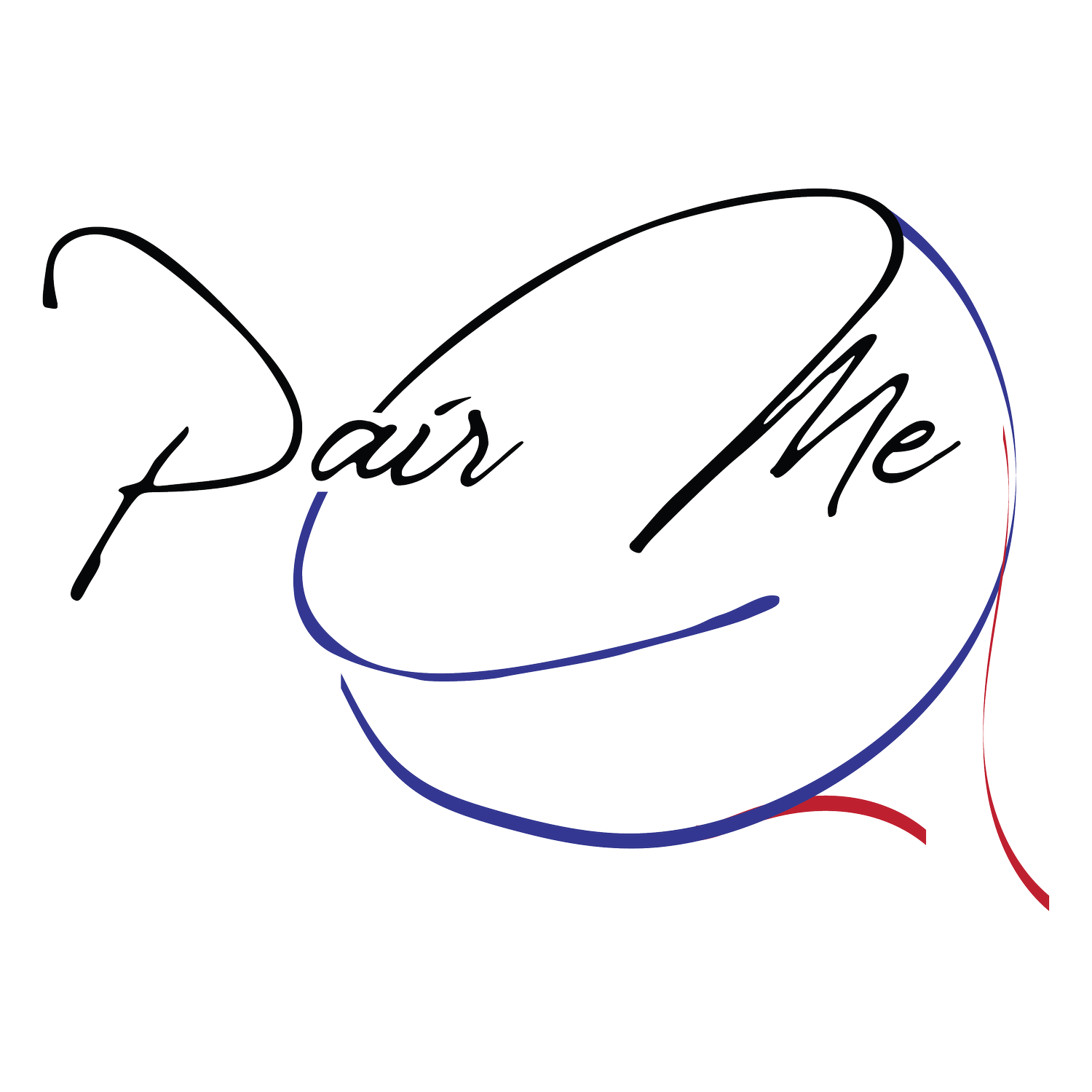The Best Wine for Salmon and Any Seafood Dish — PairME
Are you looking for the best white wine for seafood? — Salmon, Tuna or even Oysters — Here’s the complete guide for wine and seafood pairing, read on.
Pairing Wine with Seafood
Seafood and wine pairing could seem something pretty easy. In fact, it is common to drink high acidity white wines with seafood in general, thanks to the freshness of the wine that balances the strong flavor of the dish. Pairing wine with seafood, however, could work for an occasional consumer, wine and food enthusiasts must consider other wine pairings for seafood-based recipes.
First of all, we have to divide seafood into three main categories: fat fishes, like salmon and tuna, bluefish and shellfish.
How to Pair Wine with Seafood
Bluefishes and their delicateness
The bluefish category includes some of the most popular fishes used for different cuisine styles, like sardine and cuttlefishes, creating simple yet flavorful dishes. These fishes are often fried or used as a sauce for pasta and soups. They don’t have high-fat content and they have a pretty simple taste, so they represent the perfect traditional match with an high acidity and fresh white wine. In fact, the acidity balances the aroma of the bluefish and it lengthen its finish on the aftertaste. Moreover, high acidity white wine often goes well with the cooking techniques used for bluefish, especially with frying. Think about a delicate bluefish tempura paired with a fresh white wine from the Western part of Loire Valley made from Melon de Bourgogne, with high acidity and refreshing lemongrass and grapefruit notes, like “The Wine For Seafood” by PairMe.
Wine Pairing with Salmon and Other Unusual Pairings
Wine Pairing with Salmon
On the other side, we have fat fishes like salmon and tuna; this category also includes swordfish, mackerel and eel wine pairing. These fishes are called “fat” because they contain more than 10% of lipids. These are some of the most popular fishes, used all around the world in both traditional cuisines and contemporary cooking styles; they can be cooked or served raw, sliced in thin stripes or used to make a fish tartare. It is completely different to eat them raw or cooked and the wine pairings would change as well. Raw fat fishes, like raw salmon or raw tuna used for a nigiri, goes well with high acidity white wines, just like bluefishes, because the acidity of the wine balances the fattiness of the fish and, at the same time, the wine doesn’t overcome the delicate flavor of the dish. “The Wine For Seafood” by PairMe is an ideal match because it has high vibrant acidity and delicate aromas that will not overcome the flavor of the raw fish.
Wine Pairing for Oily and Fatty Seafood
Oily and fatty seafood, just like tuna or salmon, are some of the most popular ingredients used all over the world; these fishes need a crispy and fresh white wine, with high acidity and citrus and fresh fruits aromatics. These main features are needed to balance the fattiness of the seafood, both cooked or raw, thanks to the acidity that cleans the mouth and makes it ready for another bite. The citrus and fresh fruits notes are also necessary to both refresh the mouth and enhance the pure aroma of the food on the aftertaste.
Examples of these styles of wines can be found all over the world, particularly from cool climates, just like Northern Italy, Western Washington State and New Zealand. However, some of the best examples are found in the Loire Valley with white wines mainly made from Chenin Blanc, the most important indigenous grape of the region. White Loire Valley wine with all the features needed to be paired with fatty seafood is produced in the Western part of the region, all around the city of Nantes: this wine is called Melon De Bourgogne and it is characterized by high acidity, medium alcohol and crispy aromatics. An ideal Melon De Bourgogne for seafood is “The Wine For Seafood” by PairME. You can easily pair this wine with fatty seafood, but also with oysters and raw fresh sea urchin.
On the other side, cooked fat fishes have a strong and distinctive flavor that needs a powerful white wine with an adequate complexity and long-lasting finish. These dishes need a powerful white wine that had undergone some sort of oak maturation that helped the wine to add complexity and flavors able to sustain the strength of the fish; also a traditional method of sparkling wine goes well with fat fishes because of the high acidity and the bubbles help to balance the fattiness of the dish.
However, the most interesting aspect about fat fishes is the fact that they represent a perfect match for red wines, something that is pretty unusual for an occasional consumer. In fact, the fattiness and the powerful aftertaste of a fat fish make it able to sustain some styles of red wines: the perfect match is represented by red wines with a red-fruit character, smooth tannins and no bitter aftertaste. Think about a grilled swordfish steak paired with a Nerello Mascalese wine from Etna region, with red fruit notes and a flinty character that will perfectly match the strength of the fish.
Specialties from the Atlantic Ocean & More
The last category is represented by shellfish and it is pretty difficult to find a specific style of wine for this category, because the flavor profile completely change from one product to another. For example, oysters are traditionally paired with Champagne both for the ability of the wine to balance the slippery texture of the oysters and the match between two super-premium products from France.
The most traditional pairing in Nantes, where some of the most important oysters sellers are based, is the Melon de Bourgogne produced in the neighboring region, just like PairME’s “The Wine For Seafood”.
Further Readings:




